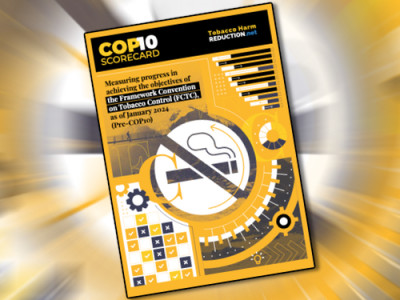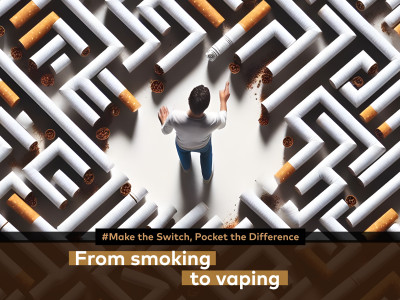Australia has a de facto ban on vaping and, in Simon Chapman, possesses an “expert” to rival our own Martin McKee. The inverted commas are being used to signify a slight disbelief that anybody could consider them to be experts given the kind of things they come out with. So, to the first: a study carried out by the Health Risk Policy Unit in Sydney.
The researchers claim: “little is known about the potential adverse health effects of passive exposure to EC vapour.” Rather than add something to the claimed lack of knowledge, the team decided, “to summarise and review all studies that have examined potential adverse health effects of passive exposure from inhaling EC vapour.” They found just 312 studies to look at before settling on analysing sixteen of them.
From this small number they claim to have discovered: “A variety of study designs were used to investigate potential health risks from passive exposure to EC vapour. These included direct exposure studies involving humans and animals, and indirect exposure studies using volunteer EC users or smoking machines. The majority of studies determined that passive exposure to EC vapour may pose a health risk to bystanders. All papers encountered a number of limitations.”
The team concluded that although they believe there to be a “potential to lead to adverse health effects”, they admit that “the risk from being passively exposed to EC vapour is likely to be less than the risk from passive exposure to conventional cigarette smoke.” In short, researchers claim little is known and add nothing to the knowledge base.
This contrasts starkly with proper science taking place at the EMPA Swiss Federal Laboratories for Materials Science and Technology. In this study, they used a chamber to simulate a room in order to measure actual vapour particulate size, concentration and distribution. They installed a body-temperature dummy to represent a person in the room and also took measurements outside the chamber to minimise vapour losses through diffusion.
Upon the vapour being released, the team noted: “a rapid increase in the particle concentration during 2-5 second interval was followed by a rapid decrease in the concentration,” in the region surrounding the vaper. They observed that concentrations were much less the further away from the dummy, but also took longer to disperse.
They concluded: “This study shows for the first time exhaled e-cigarette particles are liquid droplets that evaporate rapidly upon exhalation. The results presented here may have a positive implication for continued use of e-cigarettes in indoor areas.”
In response, Huffington Post wrote: “researchers found that indoor vaping is ‘unlikely’ to pose a risk to the air quality of a room.”
Photo Credit:
Graph by Fontem Ventures
Dave Cross
Journalist at POTVDave is a freelance writer; with articles on music, motorbikes, football, pop-science, vaping and tobacco harm reduction in Sounds, Melody Maker, UBG, AWoL, Bike, When Saturday Comes, Vape News Magazine, and syndicated across the Johnston Press group. He was published in an anthology of “Greatest Football Writing”, but still believes this was a mistake. Dave contributes sketches to comedy shows and used to co-host a radio sketch show. He’s worked with numerous vape companies to develop content for their websites.
Join the discussion
Be Vape Vigilant Success
The ‘Be Vape Vigilant’ national initiative has exposed more than 100 potential rogue vape traders says the UK Vaping Industry Association
The COP10 Scorecard
Dr Derek Yach and Tobacco Harm Reduction.net have released a COP10 Scorecard report, drawing upon recent World Health Organization (WHO) reports to assess progress made by Parties to the Framework Convention on Tobacco Control (FCTC)
A Manifesto for Smokefree Beginnings
The Smoking in Pregnancy Challenge Group has produced its fourth national report: “A Manifesto for Smokefree Beginnings”
European Parliament Endorses Smoking Cessation Tool
The European Parliament has endorsed vaping as a smoking cessation tool via its Subcommittee on Public Health, according to the World Vapers’ Alliance












